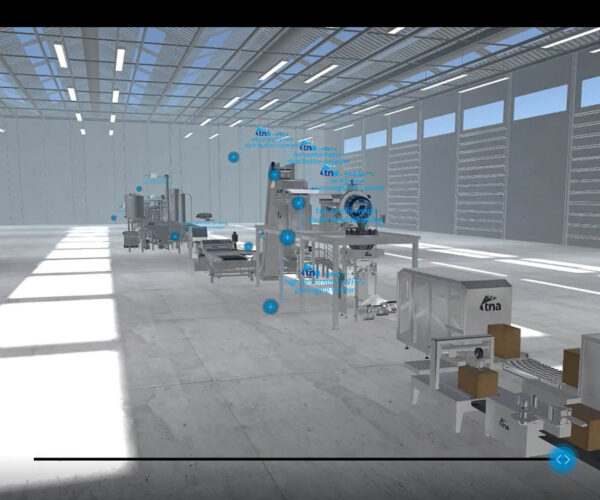VR is a computer-generated simulation of a three-dimensional image or environment. Users can physically interact with this environment in a seemingly real way by using a head-mounted display, or “HMD”, with controllers in each hand. Head-mounted displays typically consist of a headset with audio outputs and a screen placed over the user’s eyes. Controllers allow the user to move their hands freely and directly interact with the environment. Advances in VR technology now allow the user to not only see and hear but feel -through haptic feedback.
types of
Virtual Reality Platforms
Virtual Reality Platforms
PC
PC platforms are typically cable-tethered from the HMD and powered by external hardware. PC platforms, such as the HTC Vive, require VR-capable computers with high-end graphics cards and processors which provide the most immersive, room-scale experiences.
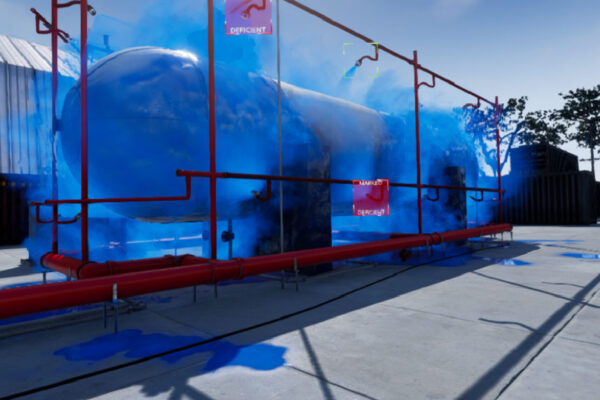
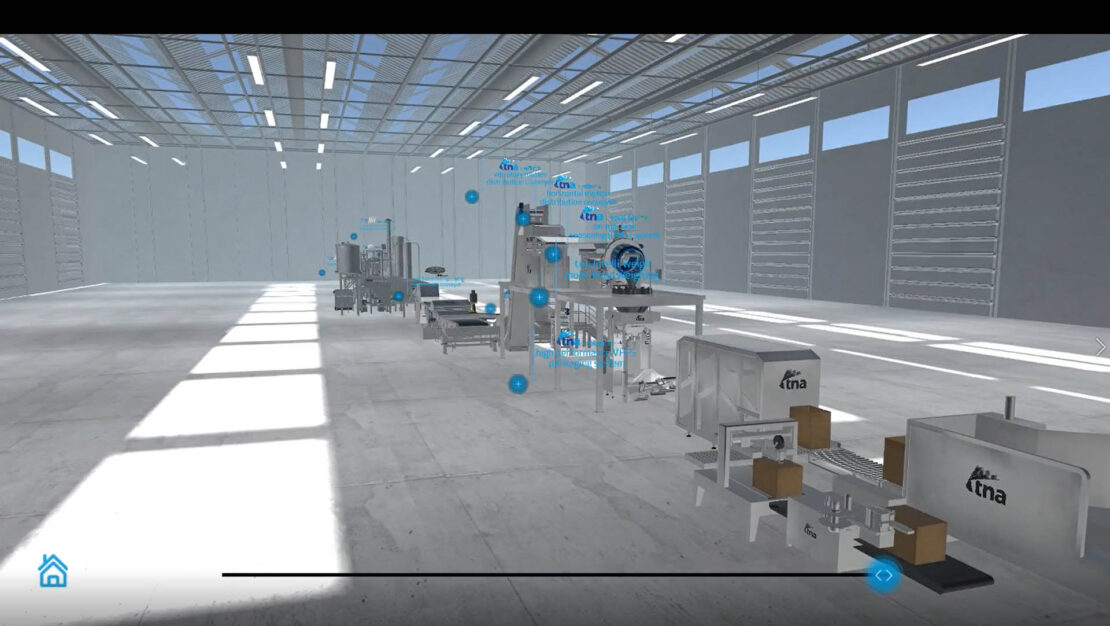
Standalone
All-in-one or standalone VR headsets are wireless, integrated pieces of hardware that do not require any external hardware, like PC platforms do. Standalone platforms, such as the Meta Quest (formerly Oculus) are often a cheaper option and allow for greater use and distribution. The drawback is that standalone platforms are limited in environmental realism and computing power (for now) but still offer fantastic VR experiences.
Mobile
Mobile VR is less prevalent now than in the early days. Mobile VR utilizes a smartphone that is placed into a considerably basic headset. The lenses in the headset separate the screen to create a stereoscopic image that transforms a smartphone into a VR device. Mobile headsets are relatively inexpensive, but the experience is also limited as phones don’t offer the best visual experiences, have restricted interaction capability, and less powerful hardware.
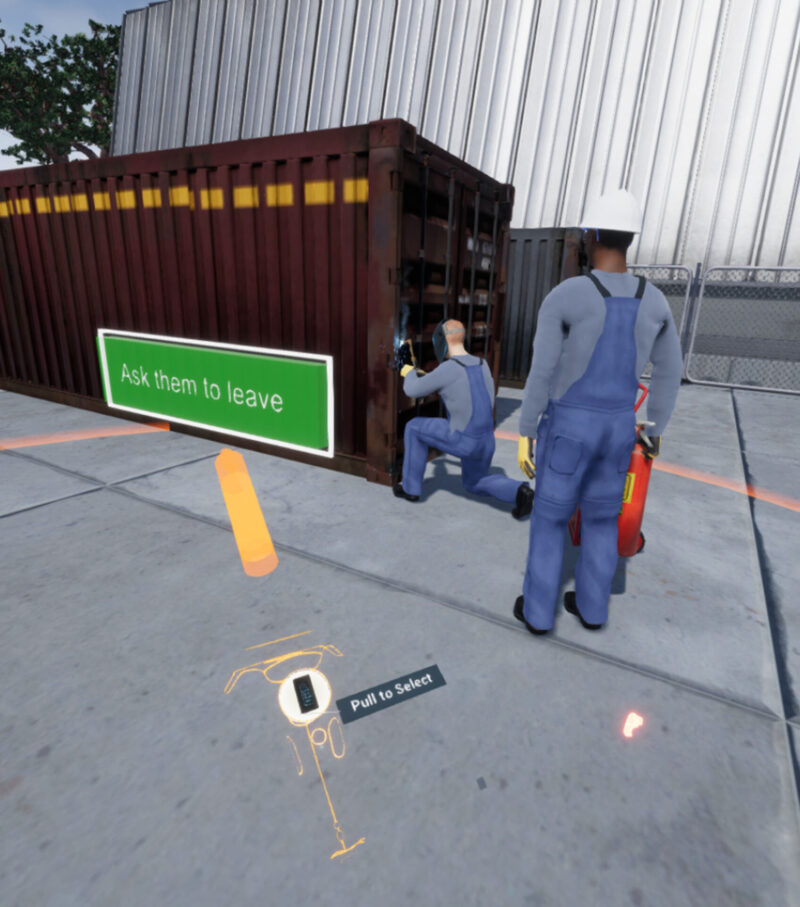
Benefits
Benefits of
Virtual Reality
VR is widely accepted in the training industry. Studies have shown that VR training improves retention and recall by creating real-world scenarios that are immersive, engaging, and make a lasting impact. VR scenarios provide safe, low-risk, and controlled training in otherwise dangerous environments that allow inexperienced personnel to gain proficiency in high-risk, dangerous scenarios before being exposed to those real on-the-job situations.
More brands are adopting VR across many industries to enhance their marketing strategies. VR can drive emotional engagement where consumers directly interact with your virtual products. VR simulates product use cases that tell a story and create fun, memorable experiences.

Even Human Resource teams are leveraging the power of VR by putting candidates in simulated job roles. Ever worked on a rail line in the middle of the desert? How about servicing a turbine on a wind farm or an offshore platform in the Gulf of Mexico? Giving potential employees virtual tours or an immersive view of their work environment can create excitement and positive results!
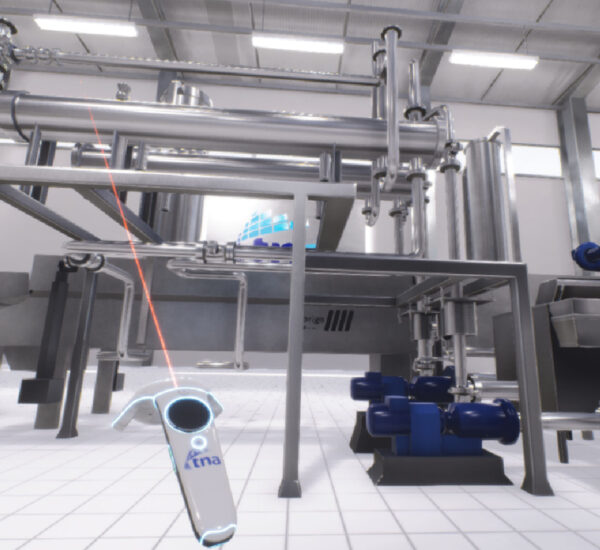
Considerations
Considerations for developing virtual reality experiences
- Outline Your Goals and Objectives
- Identify Your Target Audience Size and Location
- Establish the Level of Environmental Realism and Technical Accuracy
- Recognize User-Environment Interactions and Complexity
- Evaluate User Data Collection and Reporting Opportunities
INDUSTRIES
Industries that Leverage Virtual Reality
Marketing & Advertising
VR provides unique and interactive ways to draw your customer’s attention and create a brand memory.
Construction & Real Estate
Users prefer a virtual tour to help them make technical and creative decisions. Architects and designers can visualize the construction plan and consumers are able to get a better feel for a space.
Training & Education
Immersive environments and simulations contribute to increasing students’ engagement and general efficiency. VR allows learners to navigate and engage high risk, dangerous environments and scenarios in a low risk setting that leaves a lasting impact.
Healthcare
VR therapy is a popular methodology to fight mental health issues, fears, anxieties, and PTSD. Virtual surgeries, medical device use, and anatomy training are also becoming more popular.
Industries
Have more questions about Creative media Development OR Virtual Tours?

